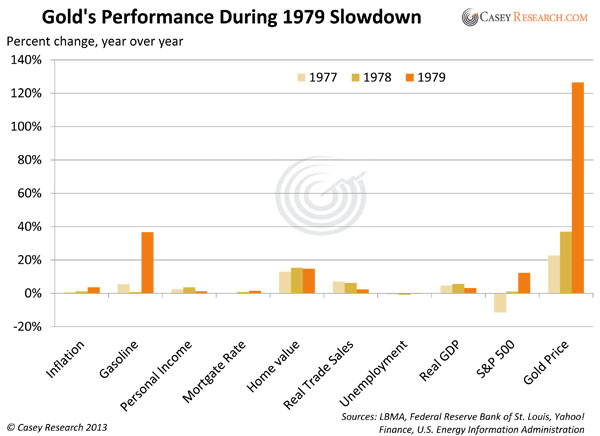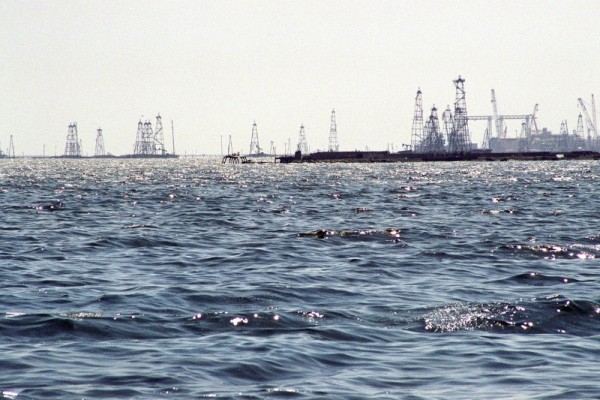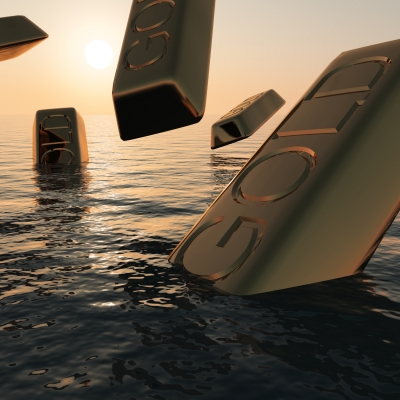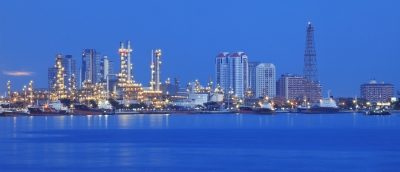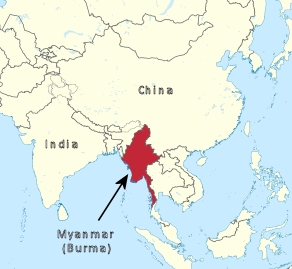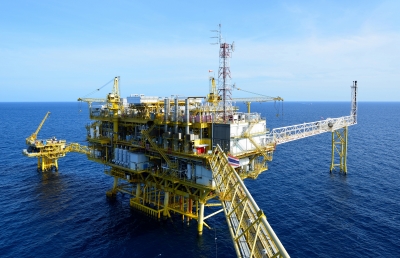No More “Blood in the Streets”
he rise of humans from fearful creatures huddled around cave fires to the dominant species on the planet largely parallels the evolution of weaponry. Different subgroups rose and fell, spreading their culture or declining in influence as they either came up with the new best thing with which to slaughter their neighbors or fell behind in the innovation game. Club, axe, spear, atlatl, sword, longbow, crossbow, catapult, gun, bomb, artillery, really big bomb—all have had their day.
We even delineate historical epochs by naming them after the dominant weapon technology of the time: Stone, Bronze, Iron, and the modern era, which might accurately be termed the Gunpowder Age. Over time, the one constant has been to invent a technology that conferred an advantage on the user in battle—or else served as protection against what the other guy had. And the reason for wielding any given weapon has always been to maim or, preferably, kill one’s adversary. Before one got one’s own self killed, of course.
No More “Blood in the Streets” Read More »


